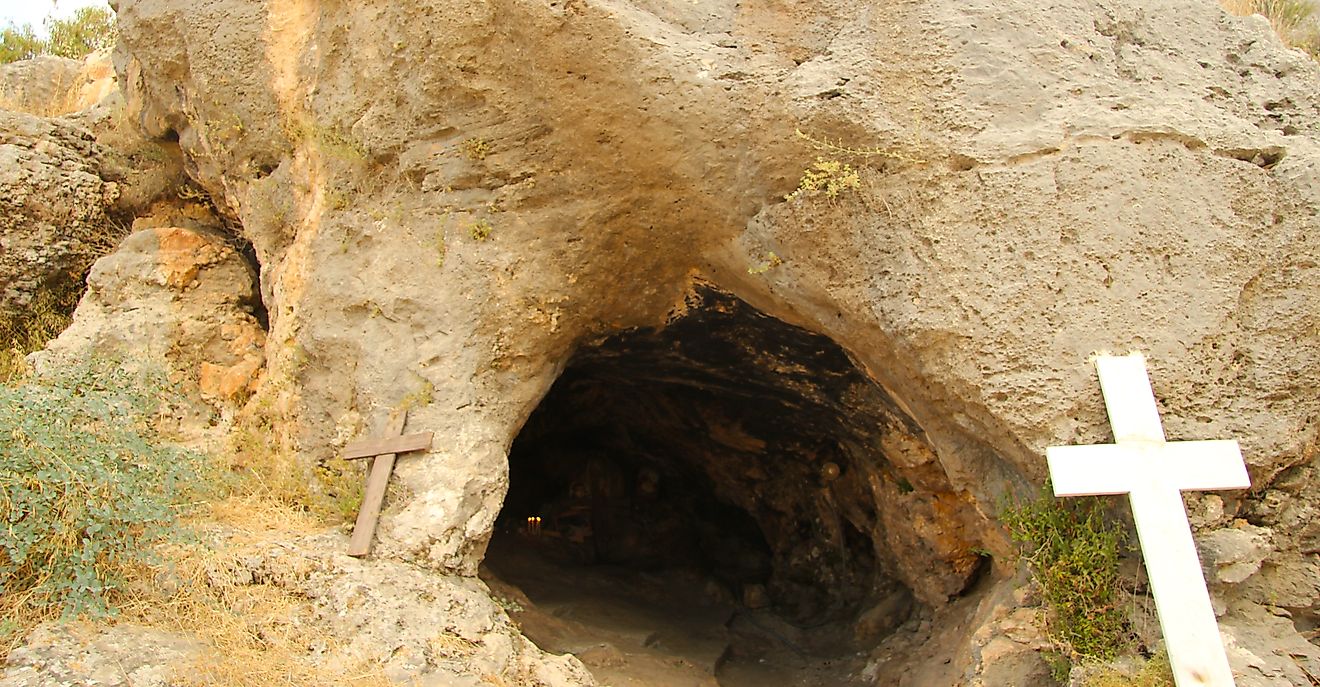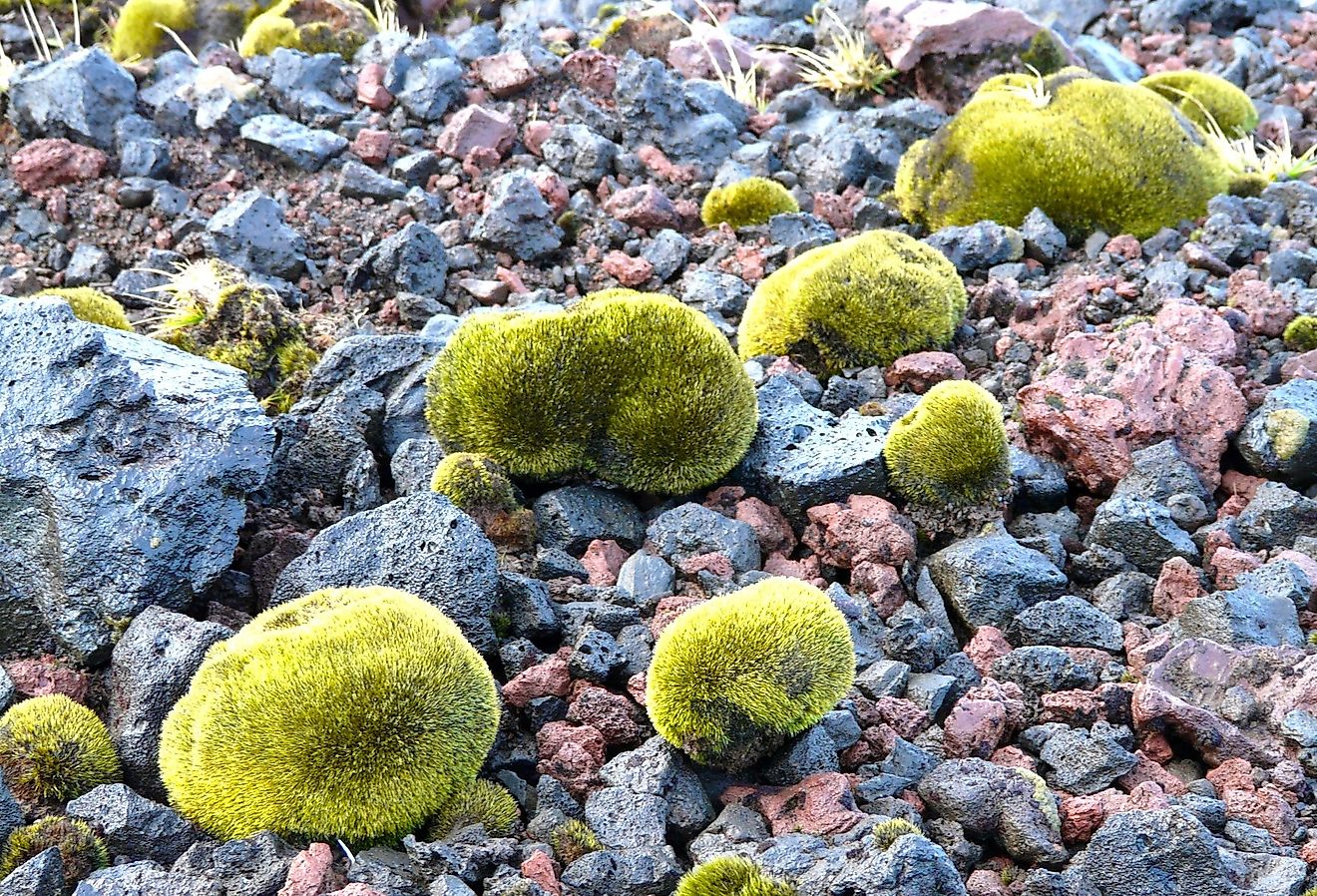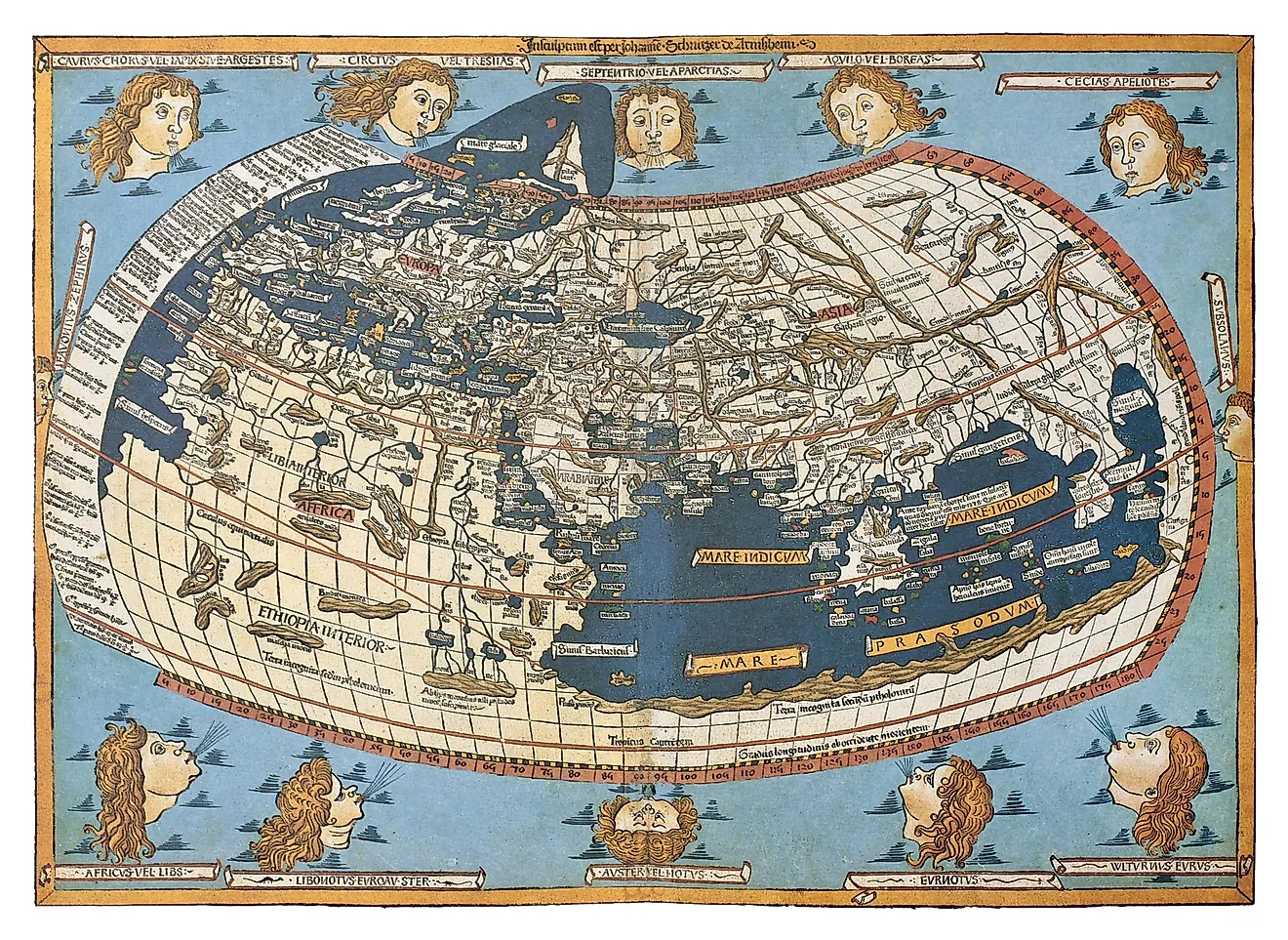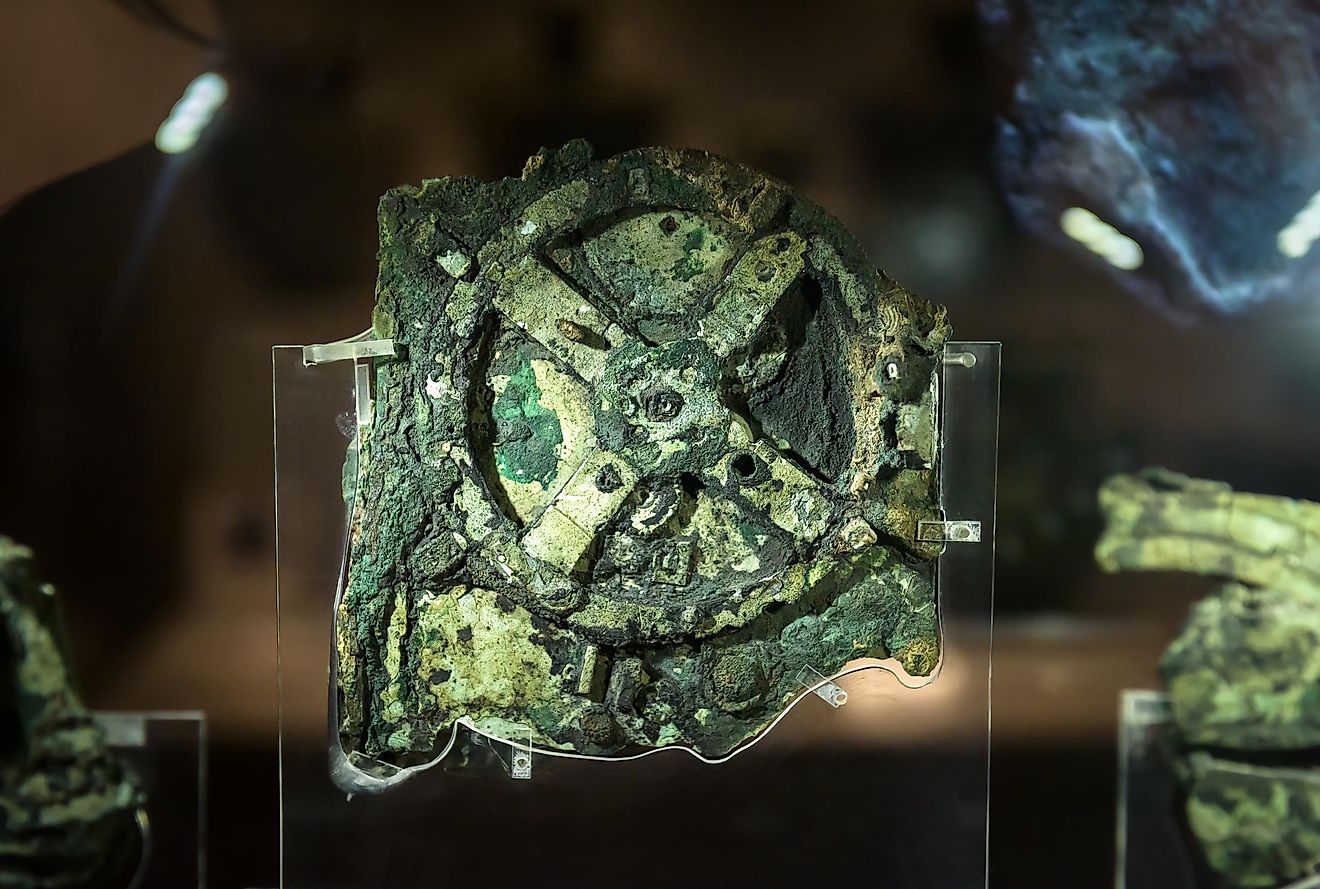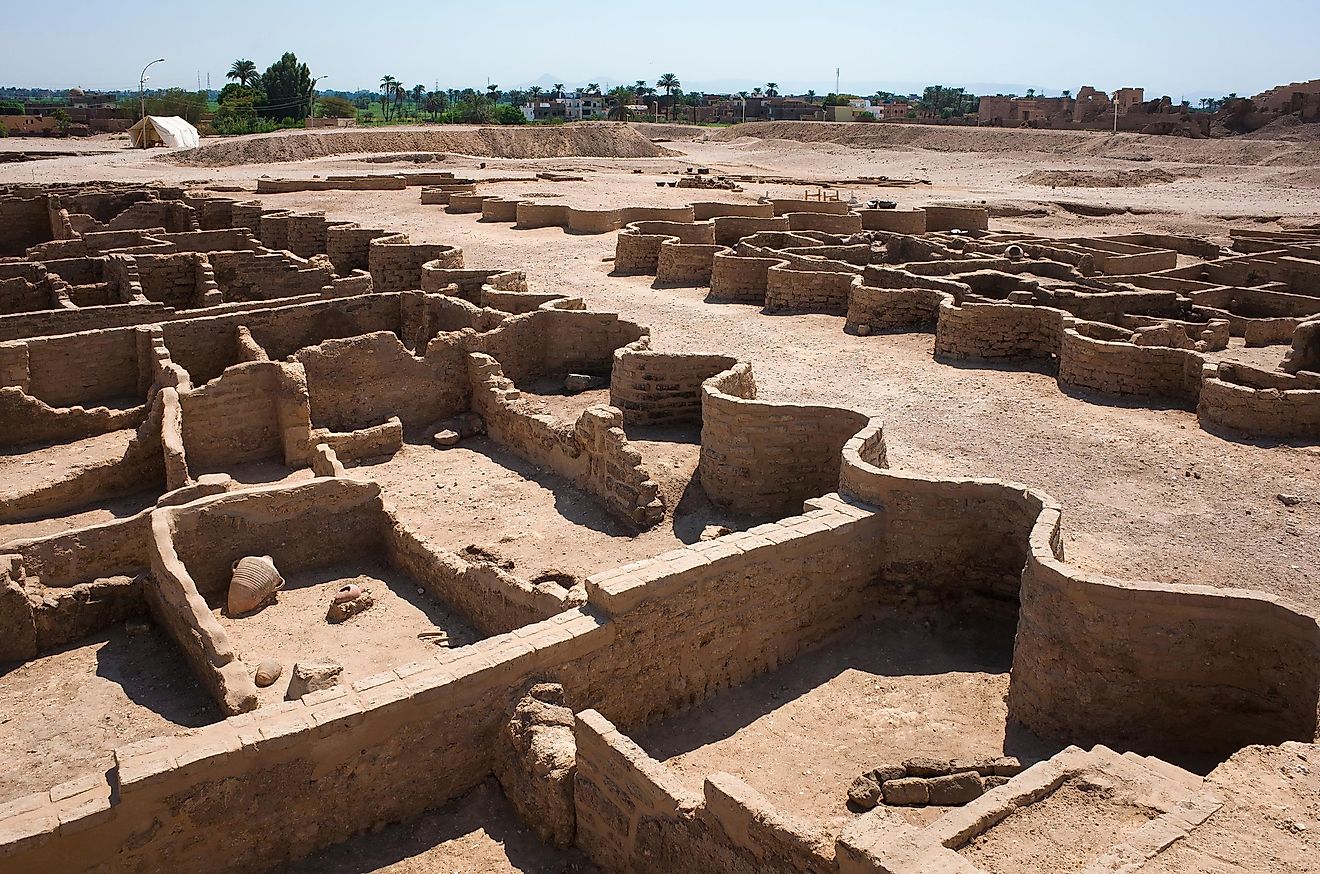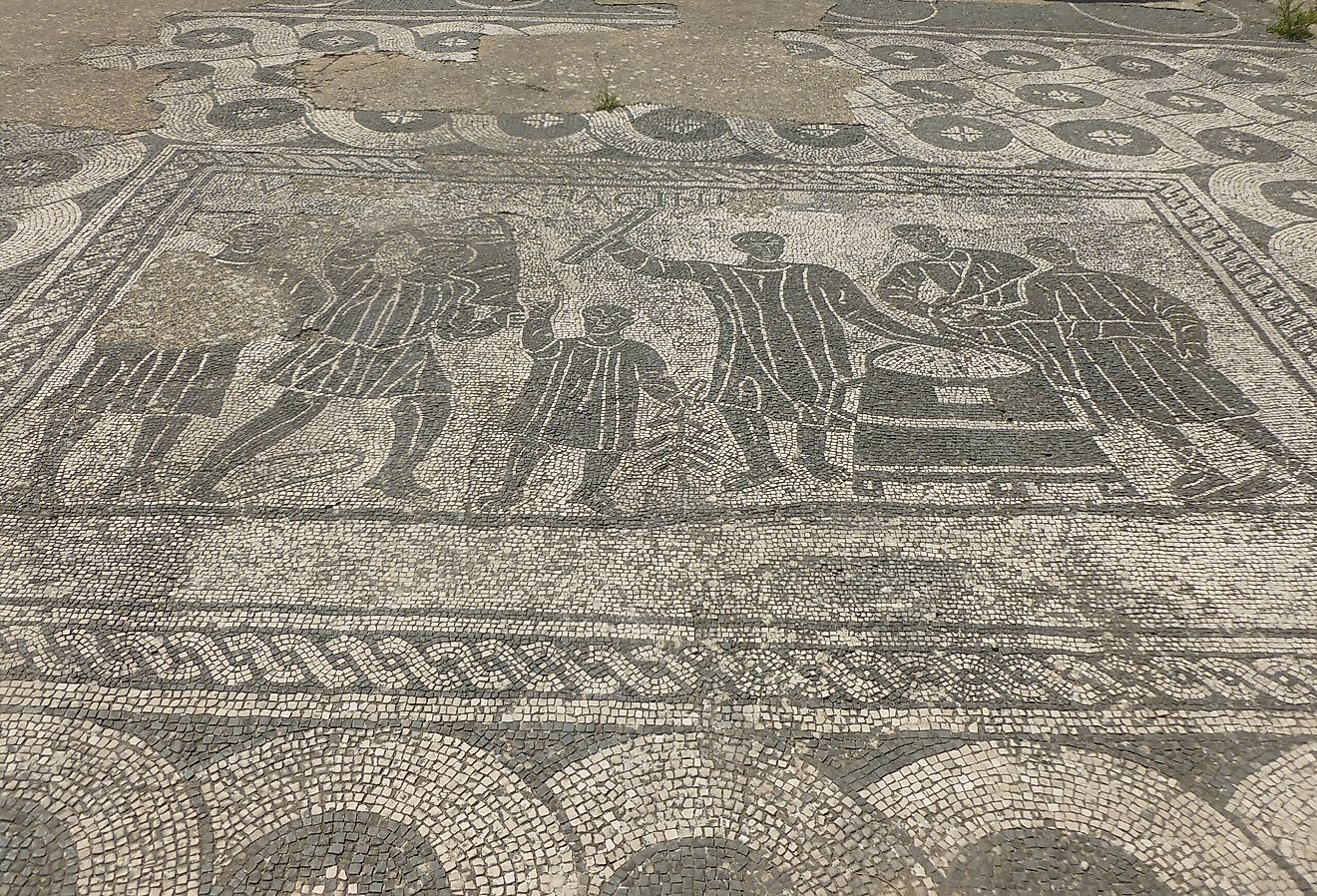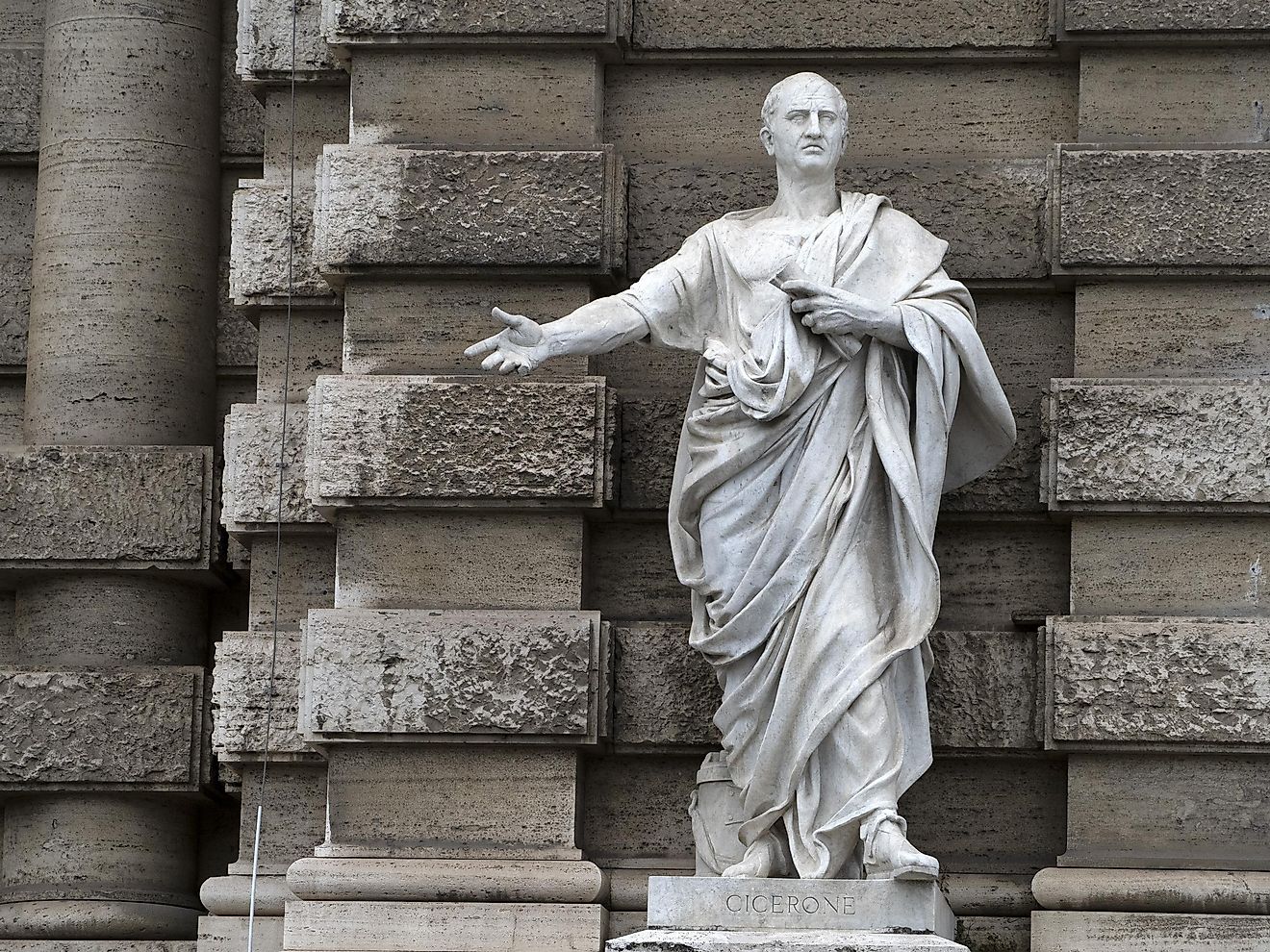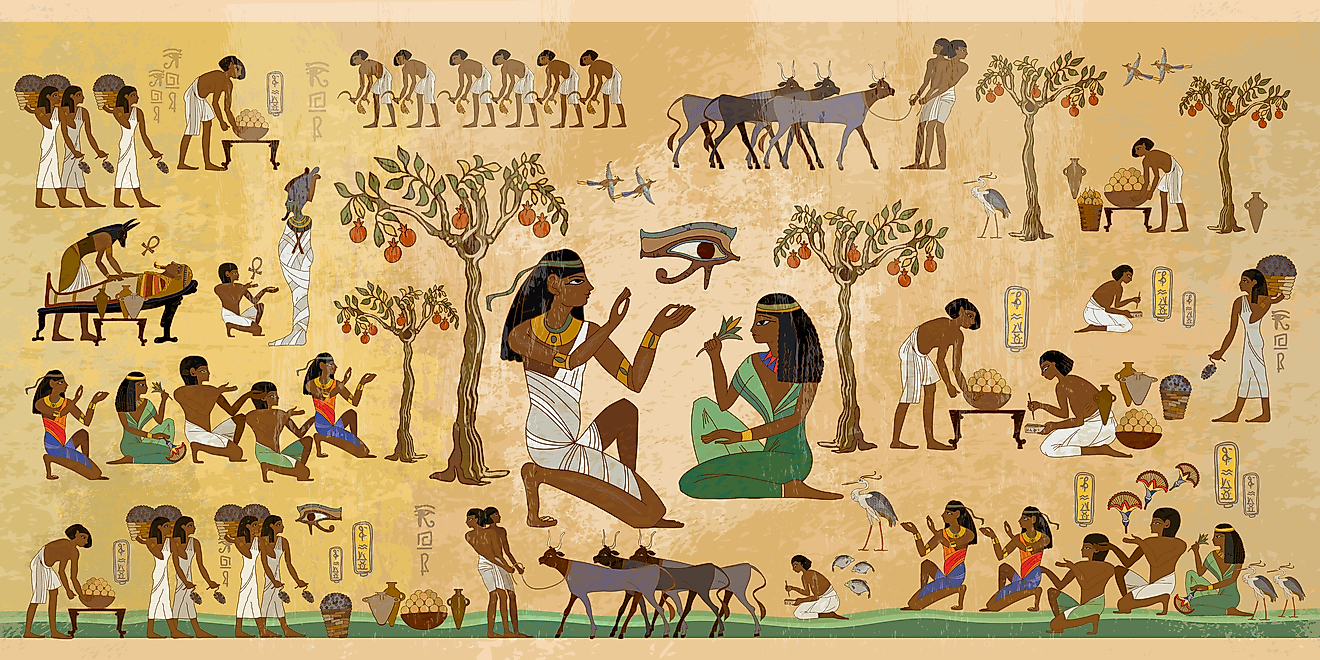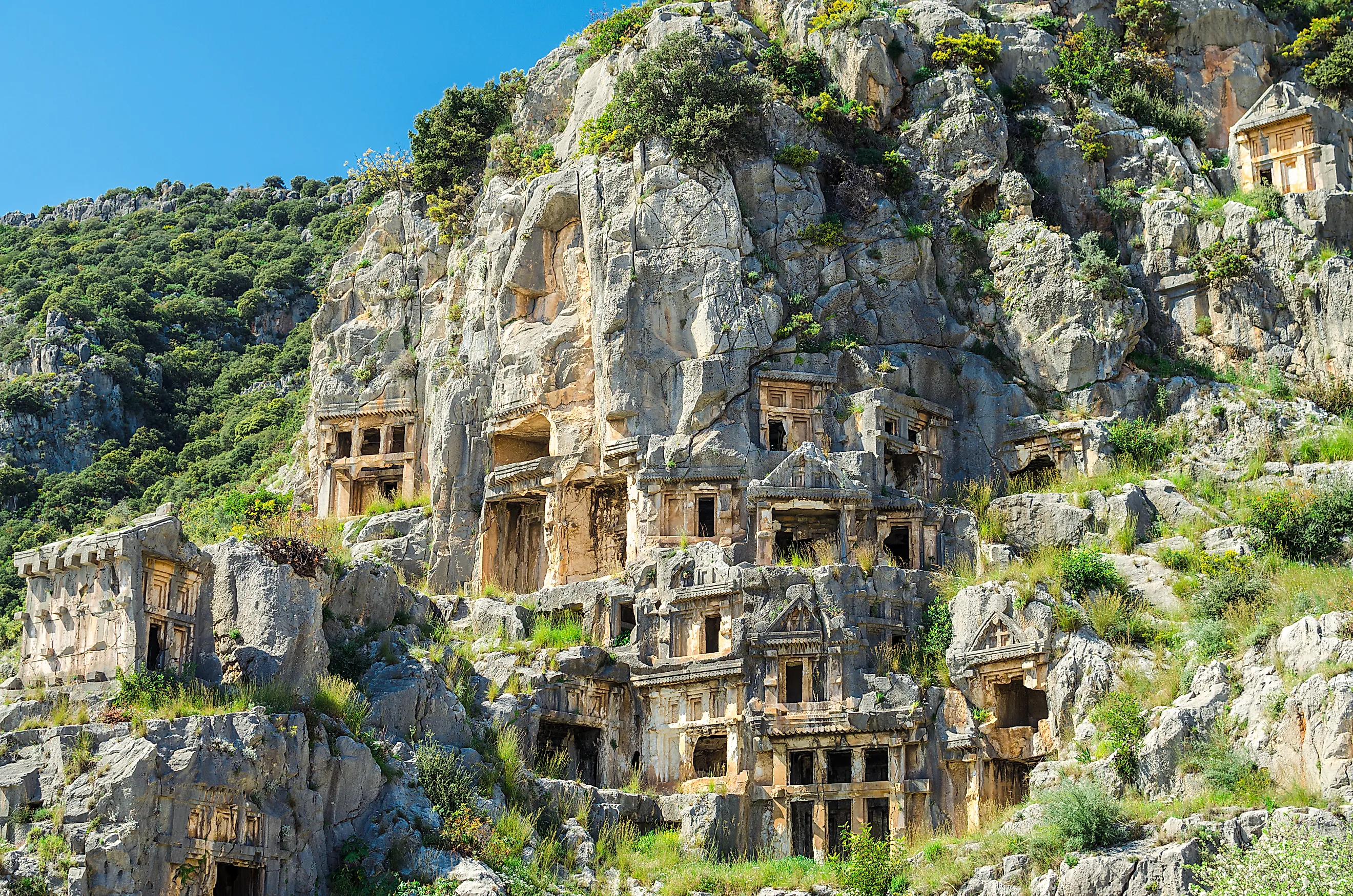
12 Ancient Burial Sites That Shocked Archaeologists
Death, though uncomfortable to talk about, is the final destination for all. This grim fascination has been a hallmark of human civilization for as long as civilization has existed. Each culture has pondered the mysteries of the afterlife, or what happens after death, and this has led to a remarkably rich assortment of burial and funerary customs. This has resulted in a literal treasure trove of finds for archaeologists throughout the globe. Some of these finds have also been shocking, disturbing, or have rocked the very foundations of what experts thought they knew. Below is a list of such sites, and how and why they left archaeologists in shock and awe.
Tinshemet Cave, Israel (c. 100,000 BCE)
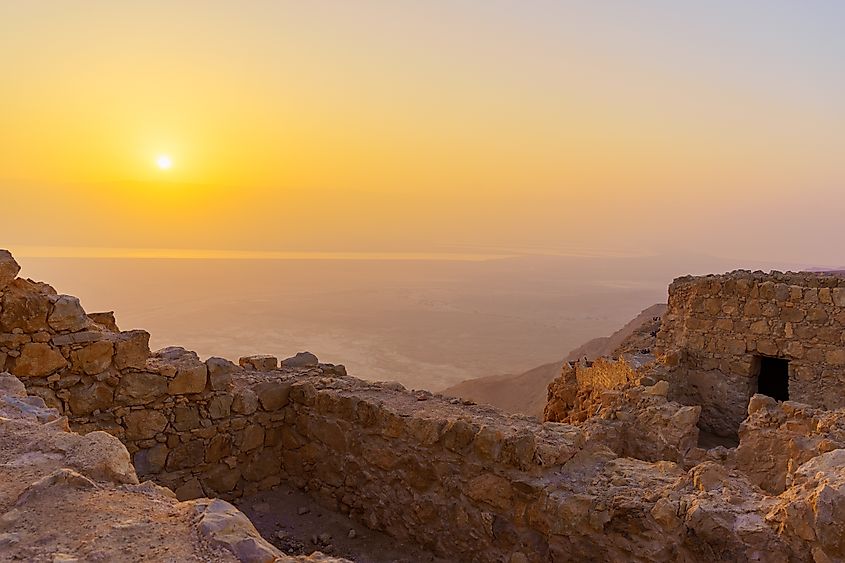
During the era known as the Stone Age (before 10,000 BCE), humans first migrated out of Africa to Eurasia and the Americas. Though other sites from this era have been found around the world, none are quite as groundbreaking as the Tinshemet cave in central Israel. This human burial site contains the remains of not only humans, but also Neanderthals and animal bones. However, what really shocked archaeologists was the presence of ochre, basalt, and other pebbles. These non-essential minerals (for survival, that is) showed that symbolic thought and ritual burial developed far earlier than previously assumed.
Necropolis of Pantalica, Sicily (c. 13th-7th centuries BCE)
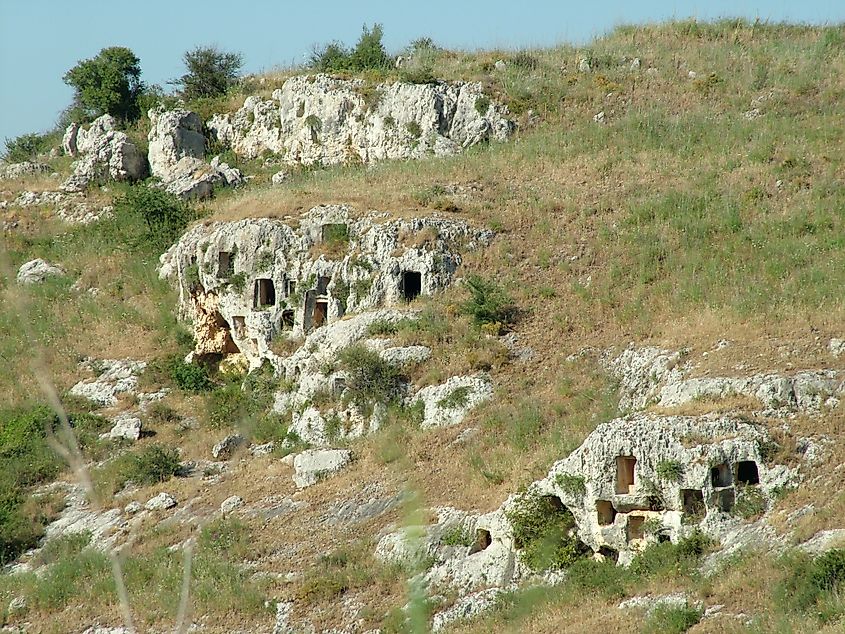
Sicily has no shortage of history and archaeological sites and wonders that can dazzle any history lover. The warm and arid island off the coast of Italy has one site in particular that is truly shocking and remarkable, for its age and size: The Necropolis of Pantalica. This large complex of stone-carved tombs and graves shattered previous expectations of the sophistication of early Sicilians, centuries before Greek colonization. The placement of the tombs on steep, largely inaccessible hills and cliffs overlooking river canyons only further added to this mystery and sense of awe. With over 5,000 rock-cut chamber tombs carved directly into the limestone, the site’s immense scale has earned it a UNESCO World Heritage designation.
Alepotrypa Cave, Greece (Neolithic, 4th millennium BCE)
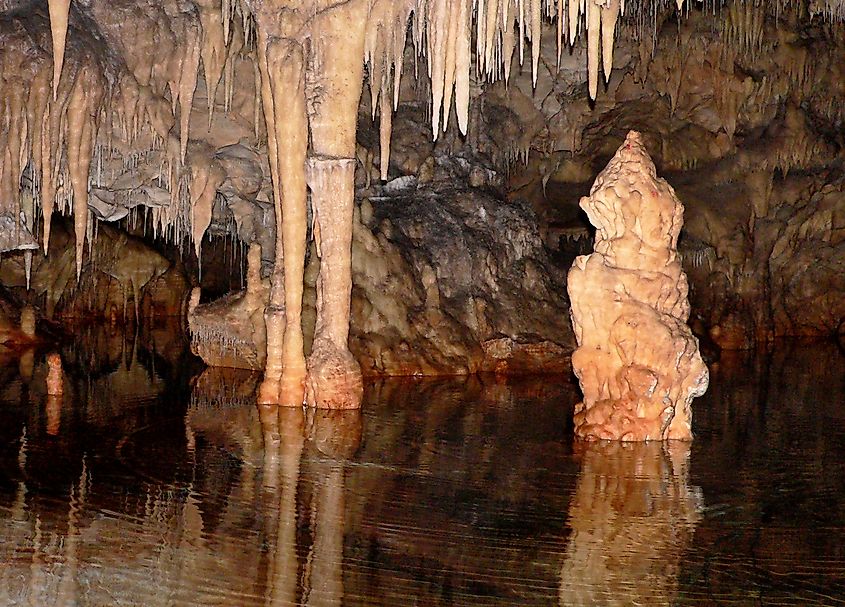
Greece is truly a country rich in history, which needs no introduction. The cradle of Western Civilization and the birthplace of countless great thinkers and ideas. However, the burial finds within Alepotrypa cave defy even the well-informed of Greek history. Long before the greats like Aristotle and Plato, a great find was discovered. A cave like no other. This cave is significant as it reveals how Europe’s first farmers lived, worshipped, and were buried. It seems that inhabitants used this cave for multiple purposes, including shelter, religious rites, and burial. This helps show how the early inhabitants of Greece lived in prehistoric times. The cave, rediscovered in 1958, was sealed off in antiquity by a rockfall, which preserved thousands of human remains and artifacts in remarkable condition.
Dendra, Greece (Early Bronze Age/Mycenaean)

Continuing in historic Greece is the prehistoric site of Dendra, located near the ancient town of Argos. Fun fact: Argos is the oldest continually inhabited city in Europe. This burial area is particularly exciting for the Tholos tombs. These tombs date from the Early Bronze Age or Mycenaean, and contain remarkable examples of ceremonial armor (Dendra panoply) made of bronze (naturally) and exquisite pottery. It shocked archaeologists as it is extremely rare to find intact items from this era that haven’t been degraded or looted. The find also helped illuminate Mycenaean warfare, status display, and burial customs. Excavated in 1960, the Dendra panoply remains the most complete example of Mycenaean armor ever found, consisting of bronze plates that would have made the wearer nearly immovable but visually imposing.
Tuvixeddu Necropolis, Sardinia (6th-3rd centuries BCE)
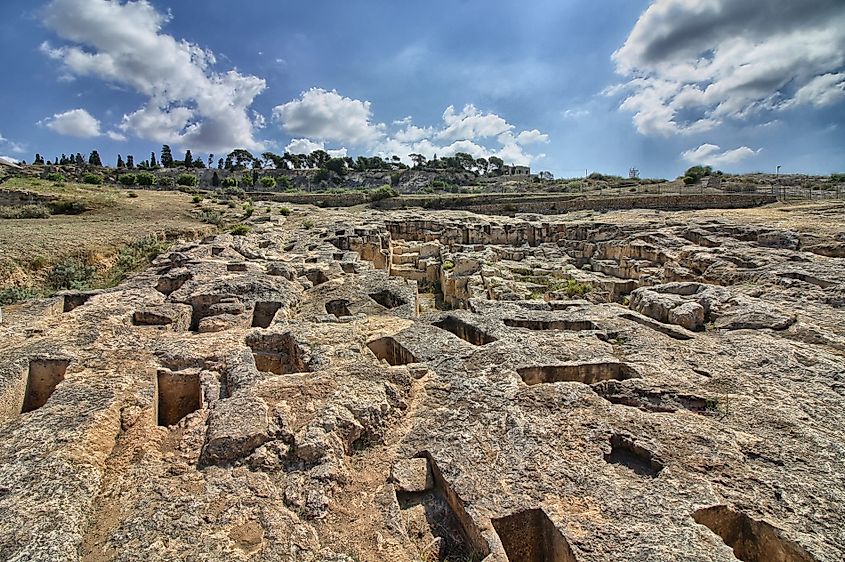
Sardinia is a large island of Italy that is renowned for its fine weather and unique culture. The island has been inhabited for millennia and is rich in great archaeological finds. None is more impactful than the Tuvixeddu Necropolis. This happens to be one of the largest Punic necropolises in the entire Mediterranean. The Punic people, also known as Carthaginians or West Phoenicians, are a Semitic people who were great sailors and traders. Though Phoenicians were known for their sophistication and influence on Greco-Roman culture, the scale and artistry at Tuvixeddu were beyond anything that archaeologists had previously encountered. The tombs were intricately decorated with frescos and other adornments. There was even a specialized amphora. Stretching over 200 acres, the necropolis was opened to the public in 1997 and contains thousands of Punic chamber tombs, some still bearing traces of painted decoration.
Bin Tepe, Lydia (Turkey) (c. 600 BCE)
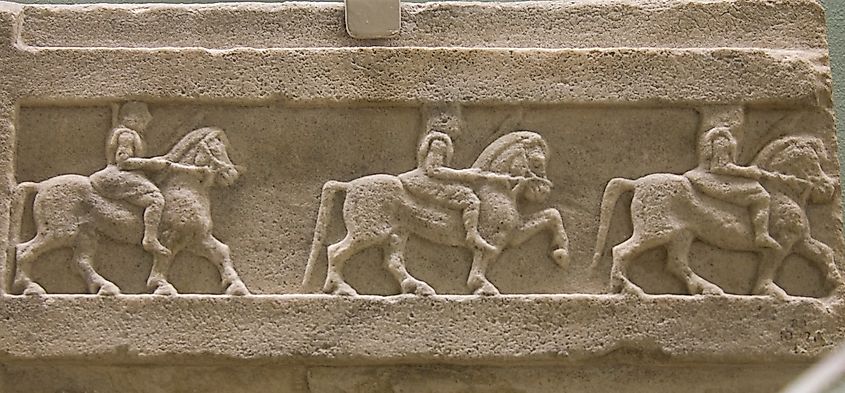
Bin Tepe is a remarkable site in present-day Turkey. Turkey, also known as Asia Minor or Anatolia at various times, was always a crossroads of culture between East and West. This particular find is from a largely forgotten civilization. It dates back to the Lydian civilization, which dominated the eastern Mediterranean and the Near East during the Iron Age. It is particularly stunning for its over 100 tumuli (large earthen burial mounds), in particular the colossal Tumulus of Alyattes. This sprawling complex was astonishing for its scale. The monumental size of these mounds rivals that of contemporaneous pyramidal structures in terms of size and scope. This discovery shocked archaeologists, as mounds of this size had not been previously encountered.
Ancient Iron-Age Necropolis Beneath Trento, Italy (c. 900-700 BCE)
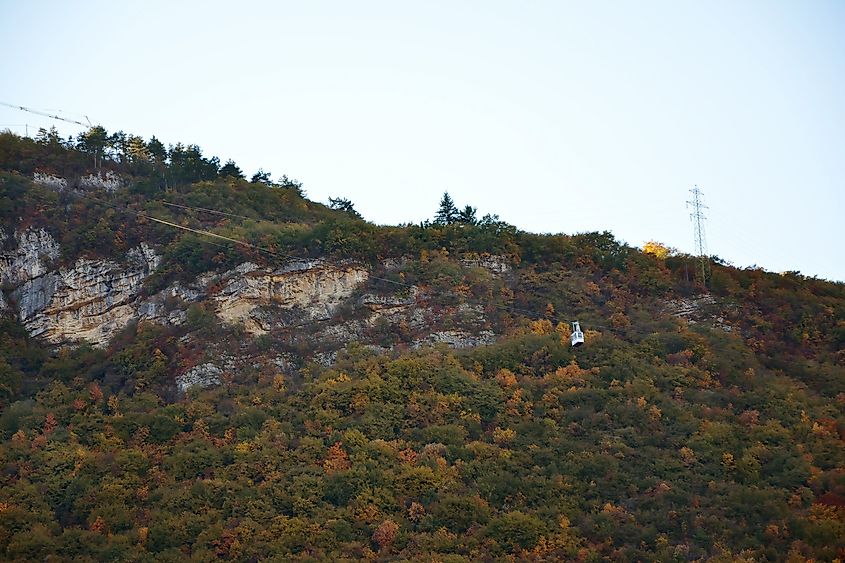
Now on to one of the newest archaeological finds. This Etruscan find was genuinely shocking. The Etruscans were a pre-Roman people who lived in what is now northern Italy. Discovered under the modern city of Trento in February of 2025, this burial site contained over 200 well-preserved tombs. The fact that such a site could exist under a modern town is remarkable. The key to the site's excellent condition was ironically the recurring flooding, which helped create a type of earth seal on the tombs. To this end, the necropolis has remained preserved since the early Iron Age (9th to 6th century BCE). The find helps archaeologists and historians fill in the gaps in Iron Age Etruscan society. The fact that this gem was hidden for so long only makes it more remarkable.
Caiolo Necropolis, Italy (Etruscan) (c. late 7th century BCE)
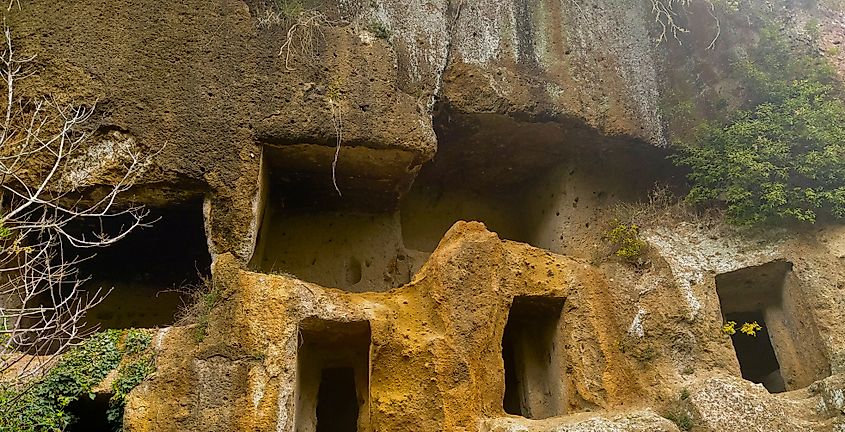
Another Etruscan treasure that is not to be forgotten is the Caiolo Necropolis in Barbarano Romano, Italy. The discovery was remarkable for its unique condition. This tomb remained essentially unlooted for millennia and dates back to the late 7th century BCE. This is incredibly rare in archaeology. The complex is particularly notable for a tomb containing undisturbed artifacts. The walls are impressive, featuring painted ceramics, bronze ornaments, and other items that still appear to be in their original arrangements. In total, over 150 well-preserved artifacts were discovered, including unique items such as weapons. The necropolis seems to have been left undisturbed by tomb raiders. This was truly shocking and helped archaeologists have a direct window into Etruscan ritual and material culture.
Hanging Coffins of China (1000 CE)
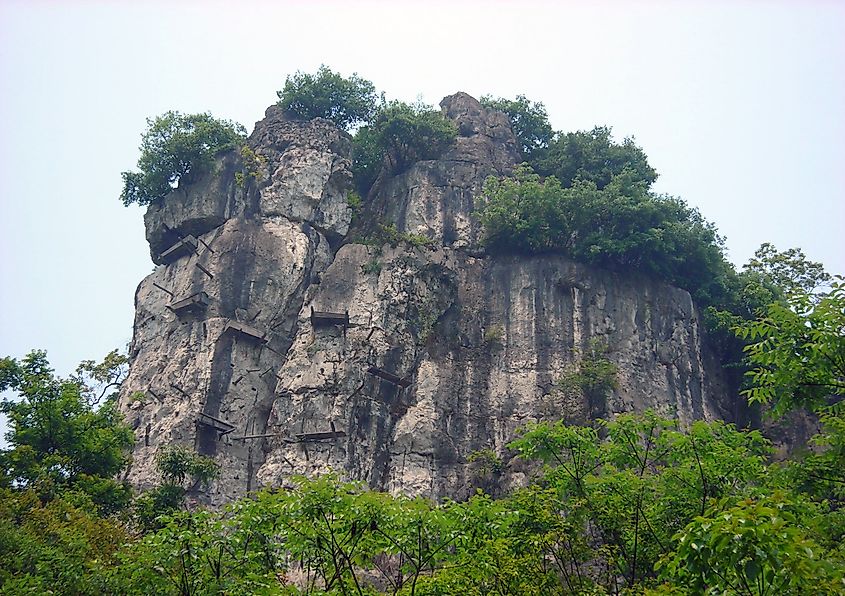
Along the Yangtze River basin in China, there are the famous, and genuinely shocking, hanging coffins. These strange cliffside burials are found throughout China, and some date back to 1000 CE. They are often at a high height, and must have been very difficult to hoist up with the contemporary technology. The historical minority group, known as the Bo people, appears to be the most likely candidate for the builders of these enigmatic, gravity-defying burial sites. The hanging coffins help illustrate the spiritual beliefs of the ancient Chinese, and more specifically, the Bo people (who appear to have no longer existed). Due to the complex nature of transporting a coffin to such a height on a cliffside, the remains are very likely to have belonged to elites rather than everyday commoners.
Pre-Aztec Spiral Burial, Mexico (Tlalpan) (~400 BCE)
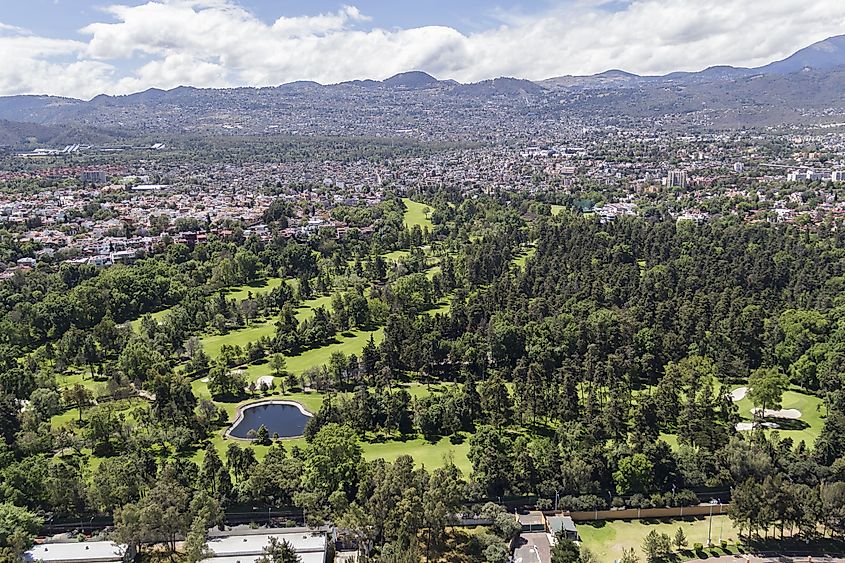
The next spot is in Mexico. Just south of what is now Mexico City, a significant burial discovery was made. Ten skeletons were found arranged in an unusual spiral layout (hence the name). This shape superficially resembles the Milky Way galaxy. Even more uncanny is the intentional cranial and dental deformation, something later associated with Aztec and Mayan elites. However, what truly makes this site remarkable is its age, dating back to around 400 BCE. This is well before the emergence of other well-known civilizations in Mesoamerica. This site both shocked and instructed archaeologists on the pre-Aztec mortuary rites of the time, as well as the social symbolism employed in their burial practices.
Water-Cult Burial, Peru (~1800-900 BCE)
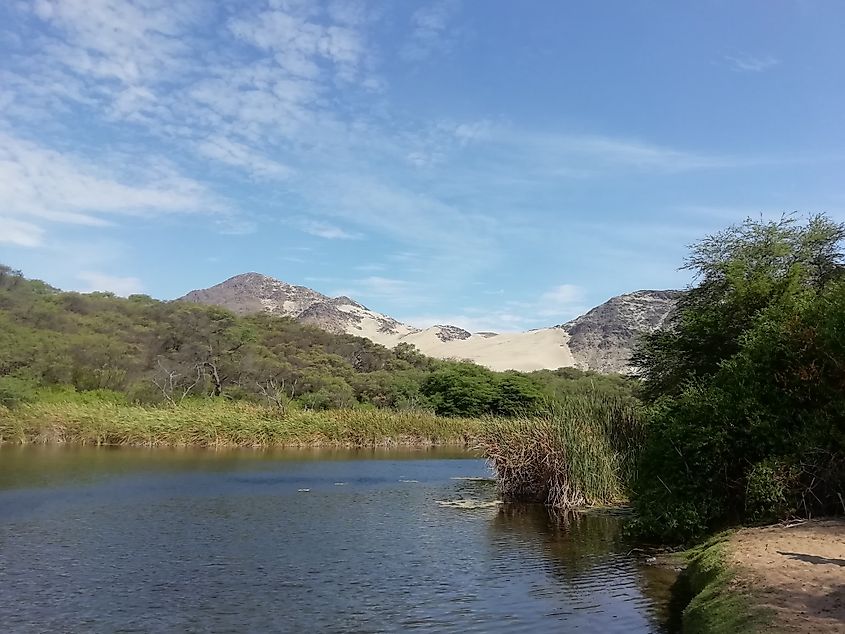
Continuing south in the Americas, another tomb awaits in present-day Peru. The area is more famous for the great Incan civilizations that the Spanish encountered in the 1500s CE. However, new evidence suggests that much older cultures existed in the region. A burial dating back to around 1800 BCE was discovered, containing several individuals buried with their faces facing the Andes mountains. Archaeologists uncovered over 20 human burials within the same ceremonial complex, all arranged with remarkable precision. The theory suggests this was a type of early water cult, centered within a temple complex linked to seasonal flooding and irrigation rituals. Found with the deceased were symbolic pendants, shell ornaments, and a precise alignment corresponding to river courses and celestial patterns. The age, organization, and ritual complexity of the site shocked archaeologists and provided an invaluable glimpse into the formative societies that predated the Inca by more than two millennia.
Lycia Rock-Cut Tombs, Turkey (c. 400-200 BCE)
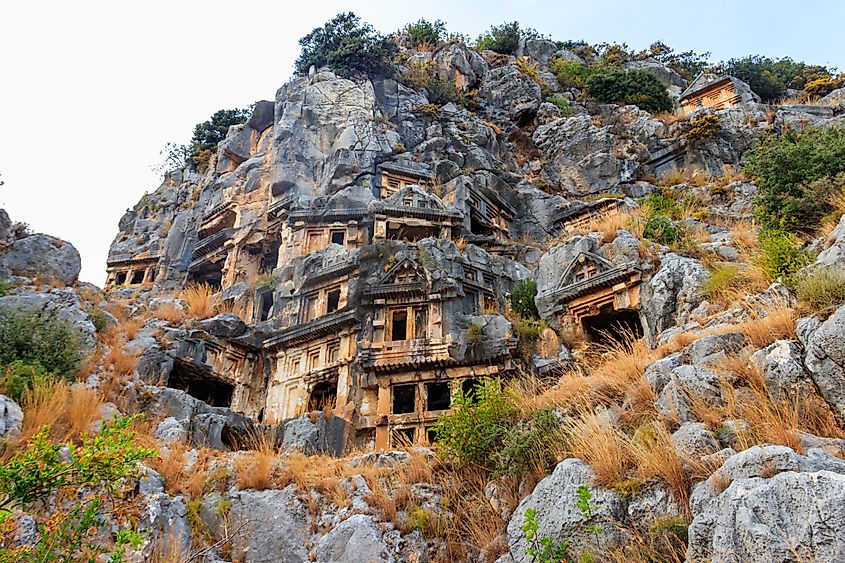
The final tomb is back in history-rich Turkey, which has hosted numerous civilizations over the millennia. One of the many, and possibly lesser-known, cultures that inhabited ancient Anatolia is the Lycians. The Lycians were a maritime people living along the Mediterranean coast of what is now southwestern Turkey. Although later absorbed into Hellenistic and Roman culture, they left behind enduring monuments that still astonish archaeologists today. The most famous are the over 1,000 Lycian rock-cut tombs, carved into sheer cliffs at sites like Myra and Kaunos. These remarkable resting places were carved directly from limestone faces and decorated with columned façades that resembled miniature temples. The high placement of these tombs symbolized the Lycian belief that the soul could ascend more easily to the afterlife. Their vast number, technical precision, and artistic mastery continue to awe researchers and travelers alike, standing as one of Anatolia’s most visually striking archaeological legacies.
The World’s Most Shocking Ancient Burial Sites
Human society and culture are endlessly fascinating and diverse. From the cradle of civilization in the Middle East, to the ancient wisdom and sophistication of the Chinese dynasties, or the rich classical feats of the Mediterranean world, or the outstanding accomplishments of the Mesoamerican empires. Humans are truly spectacular. However, despite this range, humans are overwhelmingly similar, especially in one regard: the reverence and curiosity for the deceased. This care for the dead is evident in remarkable burial and funerary customs that help link people to the past and to others.
